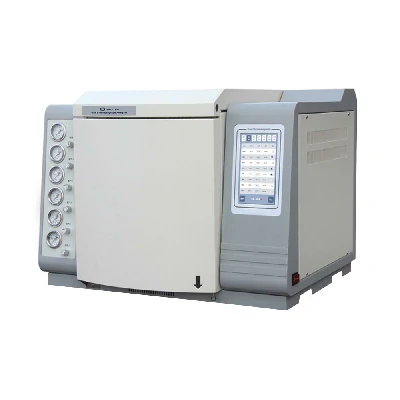How does the transformer dissolved gas analysis handle sample pretreatment?
Sample pretreatment is a crucial step in transformer dissolved gas analysis (DGA) to ensure accurate and reliable results.
Here’s how sample pretreatment is typically handled in transformer DGA:
- Sample Collection: The first step is to collect a representative sample of the insulating oil from the transformer. Samples are usually obtained from sampling valves installed on the transformer or through sampling ports provided by transformer oil analysis service providers.
- Sample Handling: Samples should be handled with care to minimize exposure to air and contaminants, which can affect the accuracy of DGA results. Samples should be collected in clean, dry containers made of materials compatible with the oil, such as glass or metal, to prevent contamination.
- Sample Degassing: Transformer oil samples often contain dissolved gases, such as nitrogen, oxygen, methane, ethylene, and hydrogen, which can interfere with DGA measurements. To remove dissolved gases, samples are typically degassed using techniques such as vacuum degassing or sparging with an inert gas, such as nitrogen or helium.
- Temperature Stabilization: The temperature of the oil sample should be stabilized to a consistent temperature before analysis. transformer dissolved gas analysis This helps ensure uniformity in DGA measurements and minimizes variations due to temperature-dependent gas solubility and equilibrium.
- Filtration: Transformer oil samples may contain particulate matter or debris, which can interfere with DGA measurements or damage analytical equipment. Filtration is often performed to remove solid particles from the oil sample using fine mesh filters or filter papers.
- Sample Conditioning: Depending on the DGA method used, additional sample conditioning steps may be required to prepare the oil sample for analysis. This could include dilution with a suitable solvent, such as hexane or methanol, to improve gas solubility and facilitate gas extraction and measurement.
- Standardization: To ensure consistency and comparability of DGA results over time, it’s essential to follow standardized procedures for sample pretreatment and analysis. Standardization helps minimize variability between different laboratories and testing facilities, ensuring consistent interpretation of DGA results.
By carefully handling and pretreating transformer oil samples before DGA analysis, it’s possible to obtain accurate and reliable measurements of dissolved gases, which can provide valuable insights into the condition and health of the transformer. Proper sample pretreatment is essential for ensuring the effectiveness and reliability of DGA as a diagnostic tool for assessing transformer condition and identifying potential issues or faults.
